Some plants will grow with almost any green neighbors, others, on the contrary, will wither or strangle an undesirable competitor. In order to reign peace and tranquility in your garden, and bins filled with berries and fruits, you need to know a few rules of planting, taking into account the compatibility of trees and shrubs. This article provides a table of compatibility of fruit trees and shrubs.
Table of contents
Compatibility table of fruit trees and shrubs
| Title | Good neighborhood | Bad neighborhood |
|---|---|---|
| Grapes | Pear, sweet cherry | |
| Cherry | Grapes, Cherry, Pear, Plum, Apple | Pear, currant |
| Pear | Apple tree, black currant, grapes | Cherry, plum, golden currant |
| Strawberry | Garlic, parsley, bush beans | Raspberry, sea buckthorn |
| Gooseberry | Cherries, red currants | Black currant, apple, raspberry |
| Raspberries | Apple tree | Red currant, strawberry |
| Sea buckthorn | Only sea buckthorn | Bad neighbor for everyone else |
| Plum | Apple, currant, raspberry, gooseberry | Pear, cherry, sweet cherry |
| Golden currant | Black currant | Apple tree, pear |
| Red currants | Gooseberry, cherry | Black currant, raspberry |
| Black currant | Apple tree | Plum, sweet cherry, cherry, gooseberry, raspberry, red currant |
| Cherries | Cherry, Apple | Plum |
| Apple tree | Plum, raspberry, pear | Cherry, sweet cherry, golden currant |
The most safe way to plant fruit trees in a small area is to plant them in groups of two or three seedlings, at a distance of several meters from each group.
Shrubs easier to plant in long rows for easy harvesting and watering. Before you start creating your new wondrous garden, talk to your neighbors.. No one knows better than them what fruit trees and shrubs grow best in your area, which varieties are the most resistant and fruitful. Perhaps not only tips will be shared with you.
What affects the compatibility and incompatibility of plants
- Shine - Plants planted nearby should not cover their neighbor with their shadow.

- The soil - The roots of fruit plants and shrubs should get plenty of water and nutrients. For close proximity, try to pick up plants whose roots are at different earthen levels.
- Nutrition - Each plant requires a certain set of organic and mineral elements that they receive from the environment. For growth and fruiting, each plant must be fully provided by them., it is impossible that they compete with each other. For example, fertilizing with nitrogen fertilizers, which is necessary for some, may cause poor planting in another plant later on.
- Allelopathy - the ability of plants to release substances that inhibit or stop the growth of other plants. You just do not need to plant together plants that can adversely affect each other, so to speak, to compete ecologically.
What fruit trees and shrubs can be planted next to each other in the garden
Optimum compatibility, achieved when planting fruit trees and shrubs of the same species. Apple tree to apple, currant to currant, and so on. And if in the case of shrubs it is a good way of planting, then it is unlikely that many can afford to arrange several types of gardens on the site: cherry, pear and apple trees.
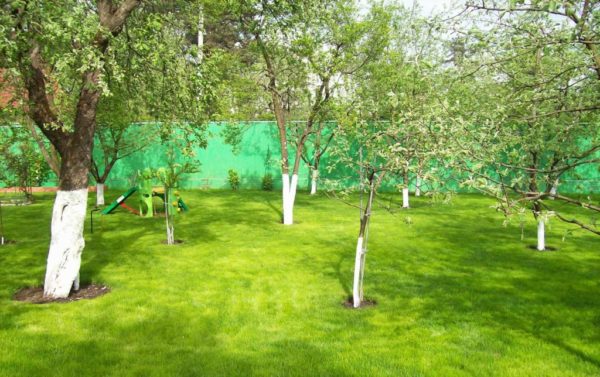
Planting rules are simple: soil, light, fertilizer and watering. Usually, plants are planted next to them with similar conditions and non-overlapping diseases and pests. Even fruit trees ideally suited for the neighborhood are planted at a distance of adding the height of an adult plant.
A big problem for gardeners is swampy soil.. Drainage and delivery of fertile land does not always give a positive effect if groundwater is close to the surface. In this case, the land seems to be dry, weeds grow well on it - sedge, horse sorrel, cattail and willow, and fruit seedlings die in a couple of years. First, it is required to make the cultivation of the soil by sanding, digging ditches, wells and ponds, pre-planting trees (birch, willow), drying the soil.
Apple tree
Herself apple tree inhospitable neighbor, it is not necessary to plant any bushes under it, they simply will not grow. The apple tree has a very powerful root system that will take away nutrients and water from any other plants. The size of the roots of apple trees can be easily calculated by the diameter of the crown of the tree.
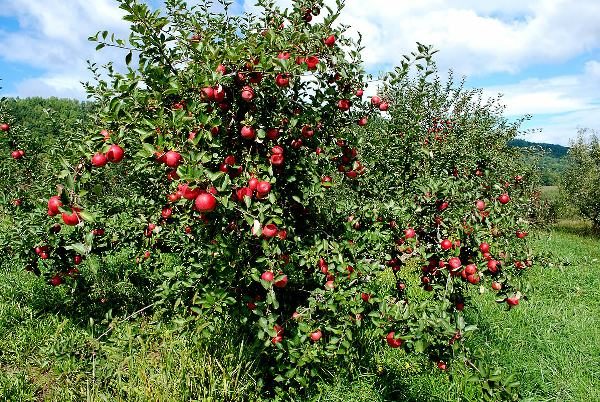
Raspberry is considered a good neighbor for a young apple treeIts roots make the soil looser and more saturated with oxygen. Apple in this neighborhood is more resistant to diseases and pests, and accelerates growth. But raspberries will grow under the apple tree until the crown of the latter grows. This is a very light-shrub and will have to be replanted.
Pear, apricot and other stone trees should be planted at a distance of at least four meters from the apple tree. But the biggest antagonist for apple is hazelso try to plant these trees on different sides of the plot.
If you are very annoyed by the overgrown with nettles and weeds in the grass under an apple tree, plant decorative shade-tolerant plants there, for example, the host.
Pear
Pear does not like the neighborhood of apple trees and stone trees. The only tree that pear favors is rowan.. The most unloved shrub - golden currant.
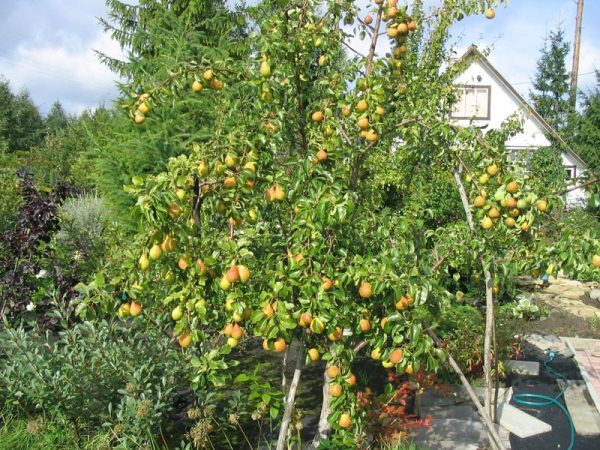
Pears are usually not planted alone, only if one of your dacha neighbors is also growing. The fact is that many of the pear varieties are self-fruitless, that is, they are not able to pollinate themselves. So either plant a pair of seedlings at once or look for self-pollinating pear varieties. Skilled gardeners simply plant another variety on the pear tree and thus solve the problem of pollination..
Cherry
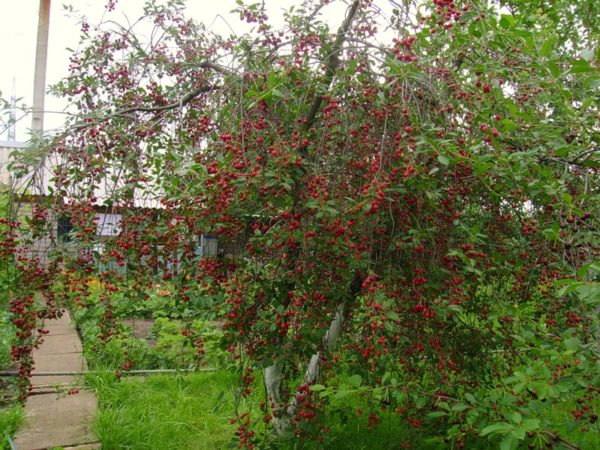
Cherries get along well with plums and cherries, and do not like the neighborhood with currants, raspberries and gooseberries. Cherry has very developed surface roots and if you let it out, then your whole site will quickly turn into a cherry orchard. It is not necessary to plant red rowan with cherries, the latter will be sick.
Sea buckthorn
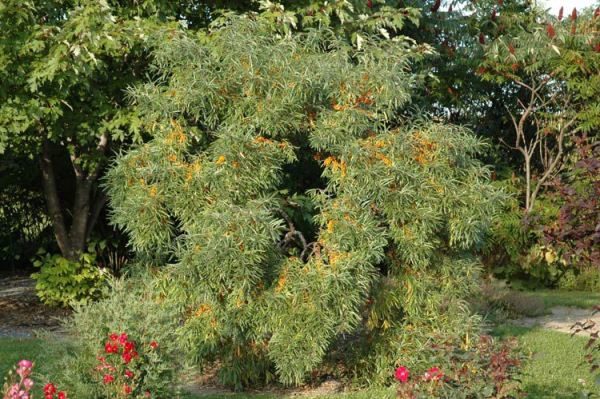
Sea buckthorn is compatible with both fruit trees and shrubs, but she will score any plant growing next door. It should be planted very carefully, its roots are long and it multiplies easily. You will not have time to look back as your site will be filled with this aggressive plant. When sea buckthorn is planted, they try to dig in around an obstacle to the roots of roofing material, iron shields or slate to limit its borders.
Currant
Surprisingly, although red and black currants belong to the same species, you do not need to plant them togetherThis is due to the fact that red requires more intense lighting. But for the golden currant - black will be a wonderful neighbor. Do not plant currants near raspberries - The latter will simply strangle currants.
- Black currant bush
- Bush red currant
Gooseberry
Gooseberries are often planted alternately with red currants, they get along very well together. But black currant is his main antagonist because of a common pest of ogni.
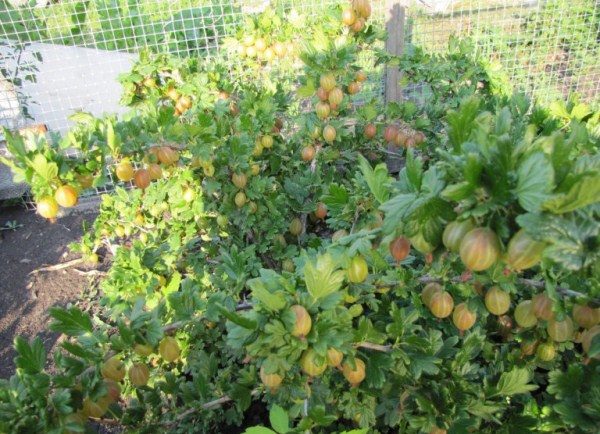
Some gardeners claim that this shrub grows well with a plum and pear. The gooseberry needs plenty of sunshine, so make sure the trees do not obscure it..
Raspberries

You can plant raspberries with any shrub, if you don’t feel sorry for them - raspberries will strangle any neighbor. Very light-shrub with well developed aggressive root system. The best option is a separate planting of raspberries in one or two rows and careful suppression of growth in adjacent areas.
Grapes
Grapes get along well with pears, raspberries, cherries, cherries and apples. AND does not tolerate the neighborhood of hazel and quince. However, the neighborhood of hazel does not tolerate any cultivated plant.

The opinion that grapes are best grown in splendid isolation and on bare ground is fundamentally wrong.Siderats and friendly weeds (woodlice, thistle, stonecrop, loosen the soil perfectly and improve the growth and fruiting of the vine. And beveled at the root in early spring and autumn serve as an excellent natural fertilizer.
Garden strawberries
For garden strawberries - separate beds. It is good to plant parsley or garlic in strawberry aisle to protect against pests. Strawberries require sun, water, organic fertilizers - ash, humus and frequent loosening.. Be wary of the solanaceous neighborhood - they have many common diseases.
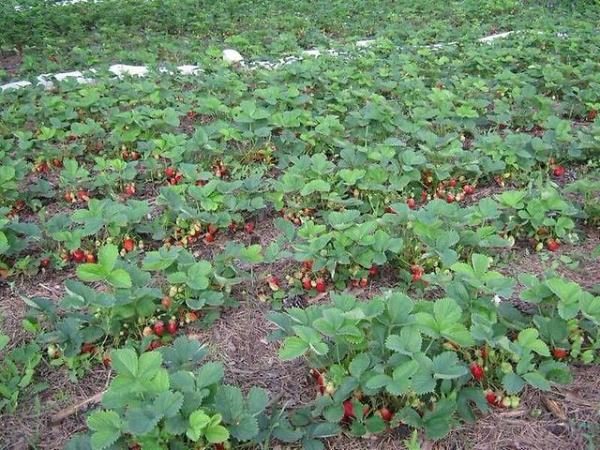
The compatibility of fruit trees and shrubs in some way conditional. In some gardeners on one small piece of land they grow and seem to be bearing fruit, completely irreconcilable plants, while others do not get along well with species that match each other. Try to take into account such factors as the depth of groundwater, light, acidity of the soil and climatic features of your area.. And do not be discouraged by failures - everyone, even the most successful summer resident, has not one ruined sapling behind his shoulders.
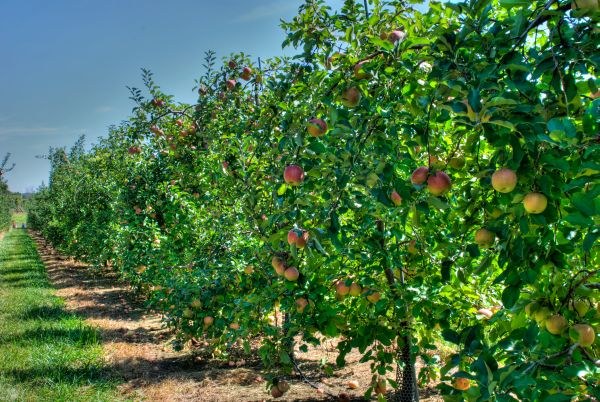
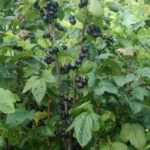

Good and useful article.
It is impossible to find the right version of compatibility on the Internet, they simply do not exist. Each site has its own compatibility. Even in your table (see for yourself) some contradictions. Do you even see what you write. There are two ways out - to go to the agricultural academy or “reach” everything.
At the beginning of the article there is a compatibility table. Strange, but in the last two lines: a good neighborhood of a sweet cherry is an apple and a cherry, and for an apple tree - a neighborhood of a sweet cherry and a cherry is already bad ???
The article reads “Pear doesn’t like the neighborhood of apple and stone trees”, and in the table, good neighborhood is the apple. something is wrong here